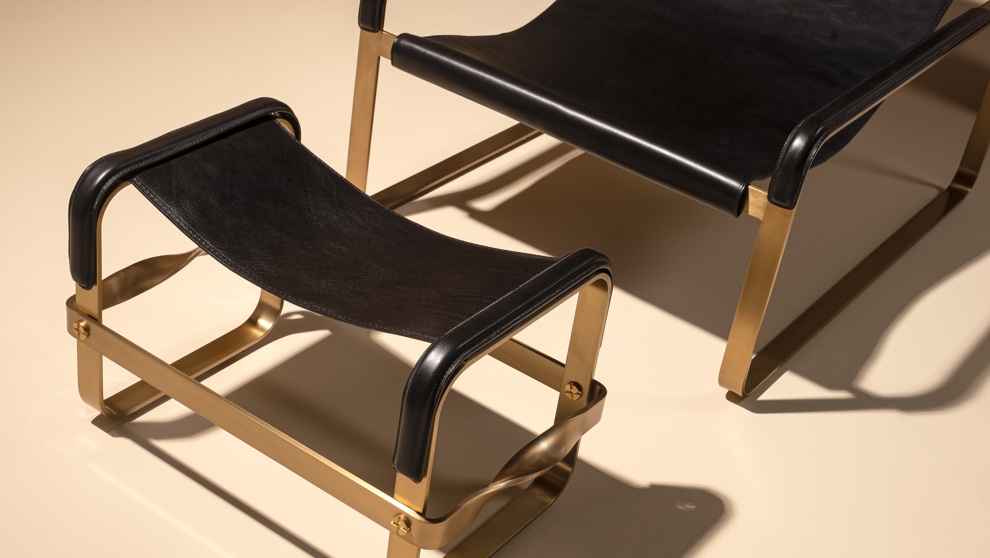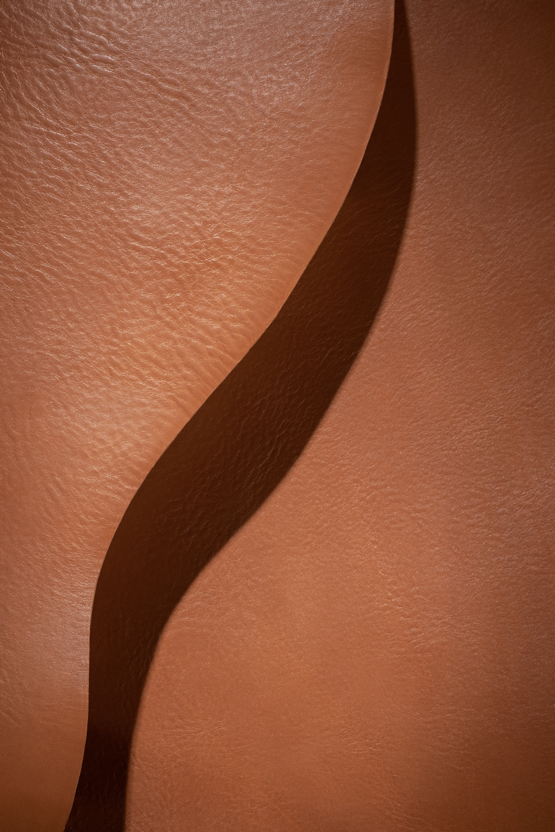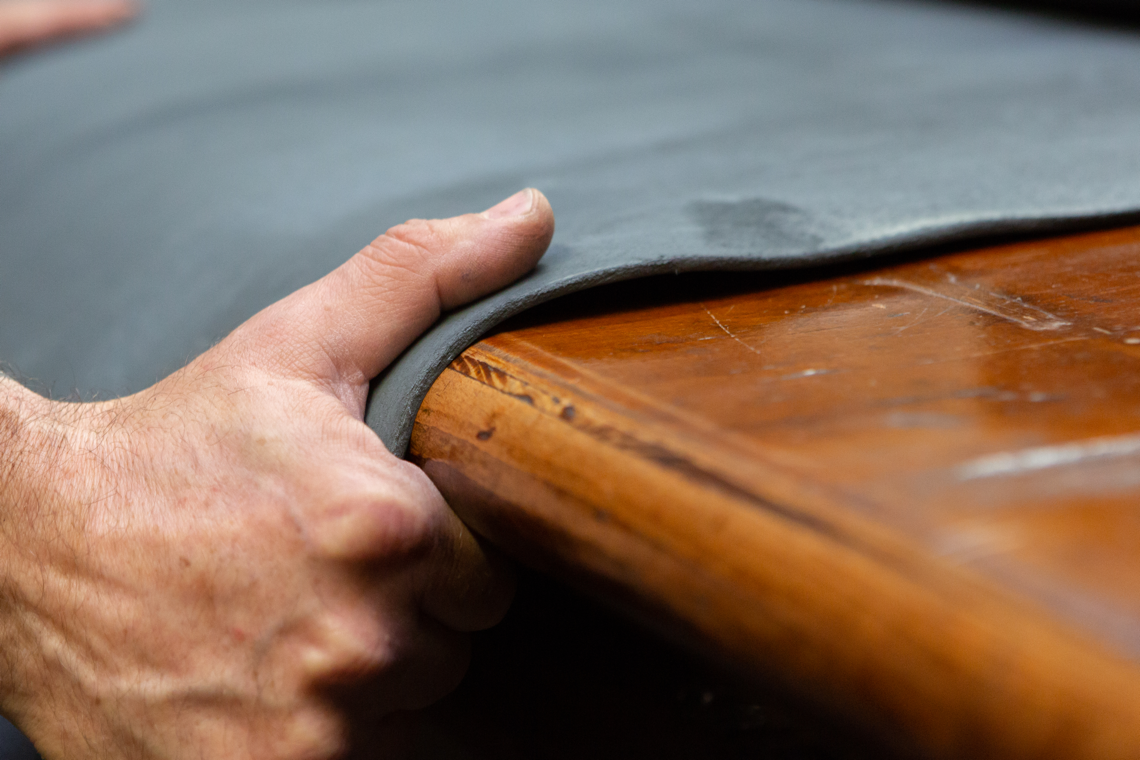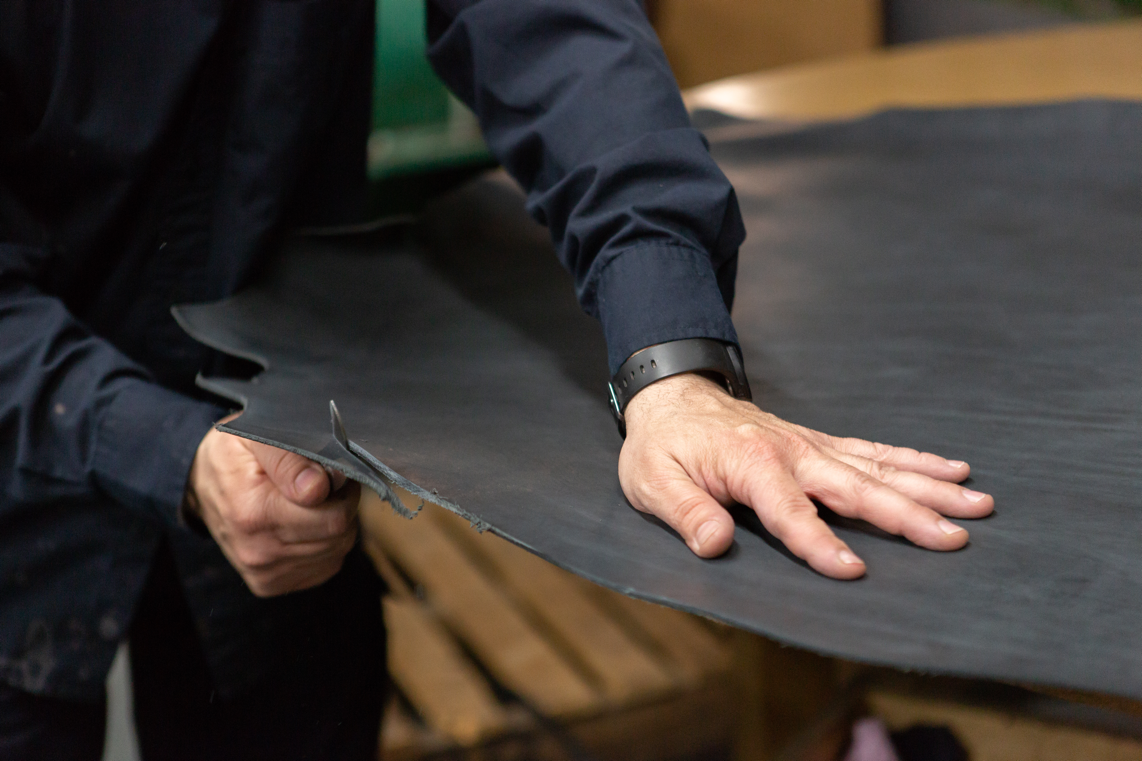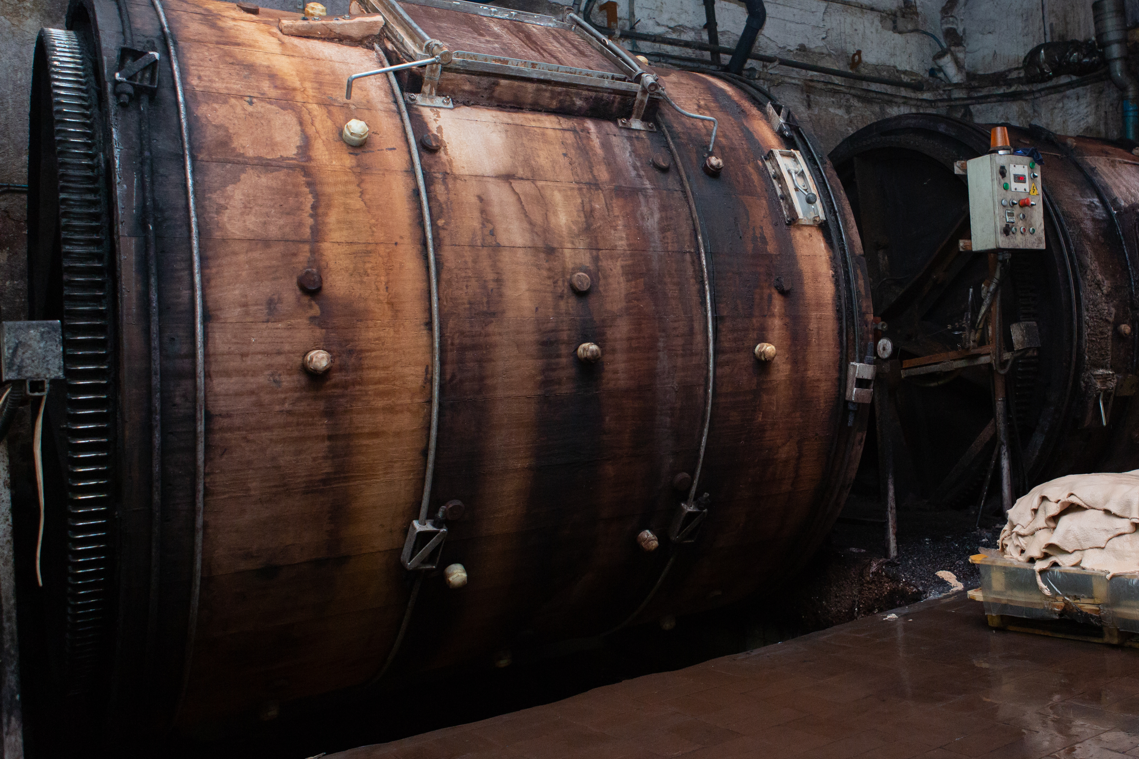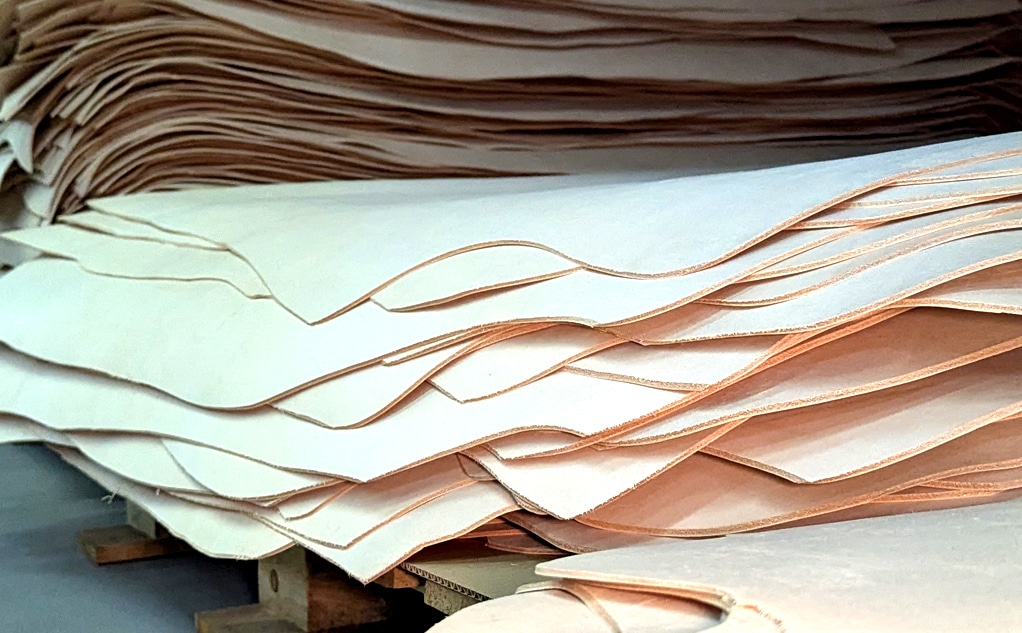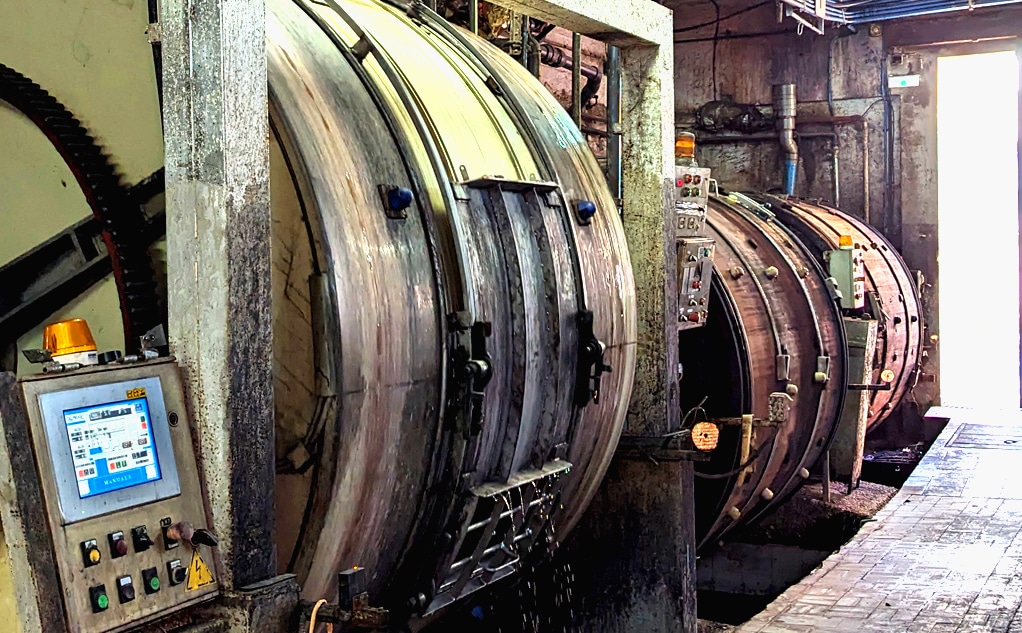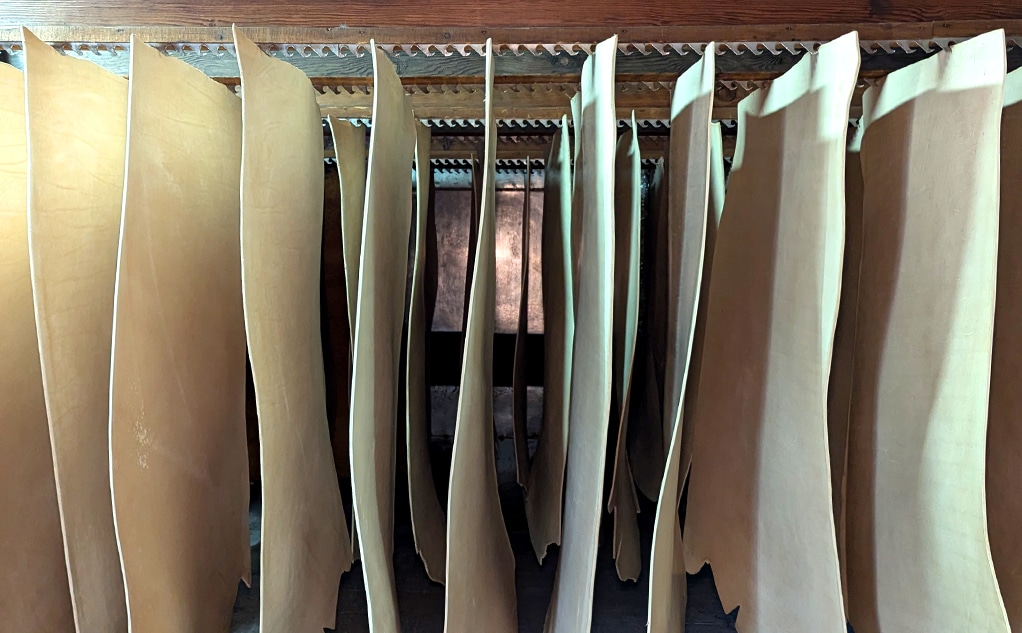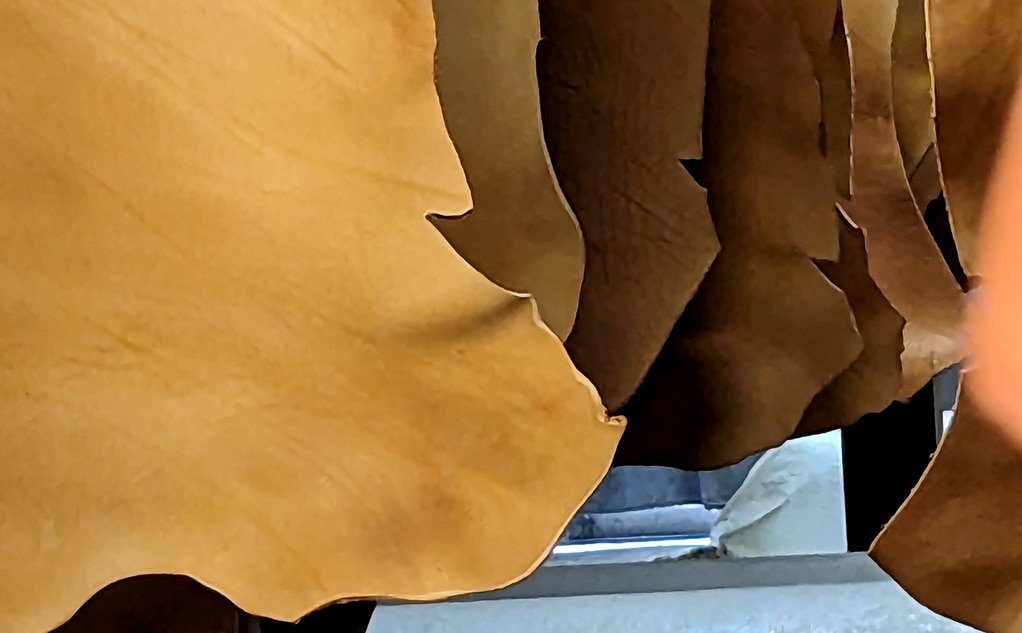
leather
Tariffs and trade: impact on the leather industry
12 / 05 / 2025
Original content by: APLF
While organisations like the World Trade Organisation (WTO) were created to handle disputes over tariffs and subsidies, countries have increasingly imposed their own trade barriers without waiting for global arbitration. In recent years, tariffs have become a popular tool, with the US leading the charge.
The US-China Trade Dispute
The ongoing trade war between the United States and China has drawn significant attention. One of the key areas of conflict is China’s electric vehicle (EV) industry. The Chinese government has been accused of subsidising the production of EVs, particularly the development of advanced lithium batteries. These subsidies have allowed Chinese manufacturers like BYD to produce affordable, high-quality vehicles that rival Western models. For example, BYD’s Seagull EV is priced at just $10,000, while Tesla’s cheapest model costs around $26,000.
In response, the Biden administration has imposed a 100% tariff on all Chinese EVs, essentially blocking them from entering the US market. The European Union has followed suit, raising its tariffs on Chinese EVs to as much as 38%. Both the and EU have moved to protect their own auto industries, which have fallen behind China in terms of technology and price competitiveness.
Alongside EVs, other sectors have been hit by tariffs as well, such as solar panels, steel, and aluminium. The Footwear Distributors & Retailers of America (FDRA) estimates that consumers in the US could pay an additional $10.7 billion in tariffs on footwear if Trump’s proposed trade policies take effect.
The Leather Industry’s Vulnerability
The leather industry, particularly the trade in bovine hides, is tightly linked to the US-China trade relationship. The US is the largest supplier of raw hides to China, and their partnership has been crucial for both economies. During the 2024 ACLE fair, the China Leather Industry Association (CLIA) and the Leather and Hide Council of America (LHCA) showcased their strong relationship.
However, if China retaliates with tariffs on US hides, it could send shockwaves through the leather industry. US hides would become less affordable and less competitive, and Chinese manufacturers would likely seek alternative suppliers.
The Winners of the Trade Dispute
Countries from the global south such as Brazil, Argentina, India, Australia and even Ethiopia and Kenya could benefit from the US-China trade dispute. Hide prices could rise in face of a dwindling supply from the US. This shift would directly prejudice US hide exporters to the benefit of other competing nations.
In these circumstances, countries suppliers of raw and salted hides, finished and semifinished leather can reach potential Chinese buyers by exhibiting at the major leather fairs in China.
The two events are APLF Leather (12 – 14 March in Hong Kong) and the All-China Leather Exhibition (ACLE, 3-5 September in Shanghai). These are the primary sourcing events for leather in Asia and where buyers can be seen under one roof, during three days of business activity.
You can read the original article HERE.
Read more
Newsletter
Subscribe to our Newsletter and you will receive information about everything that inspires us, the main news, trends and much more.
